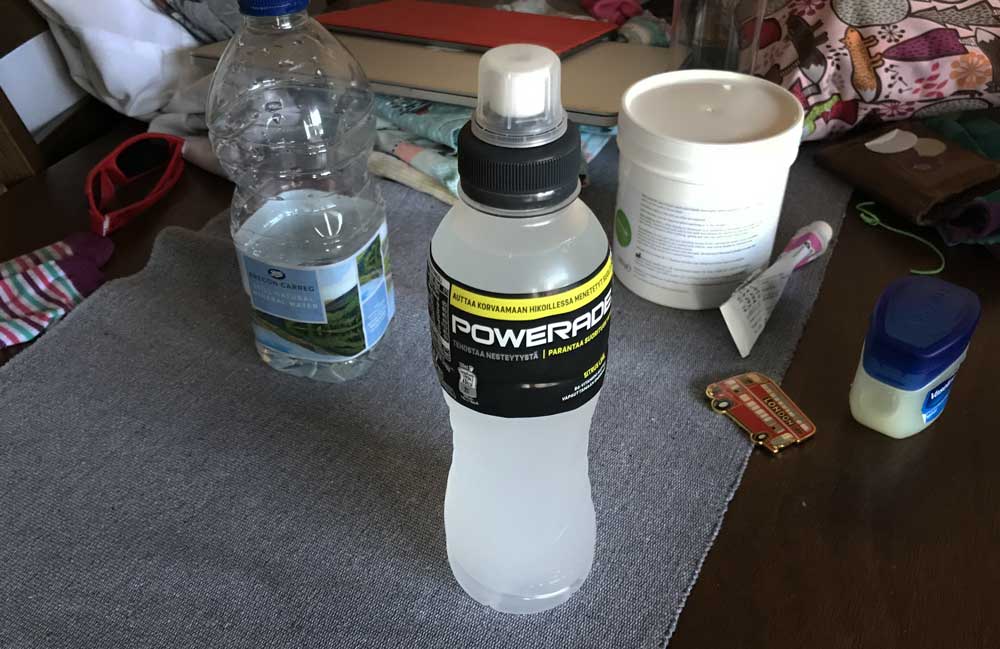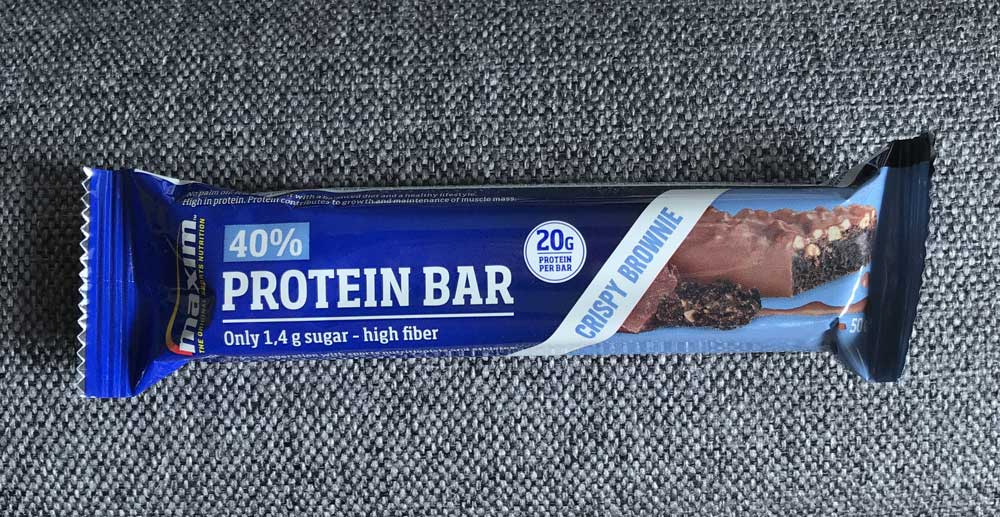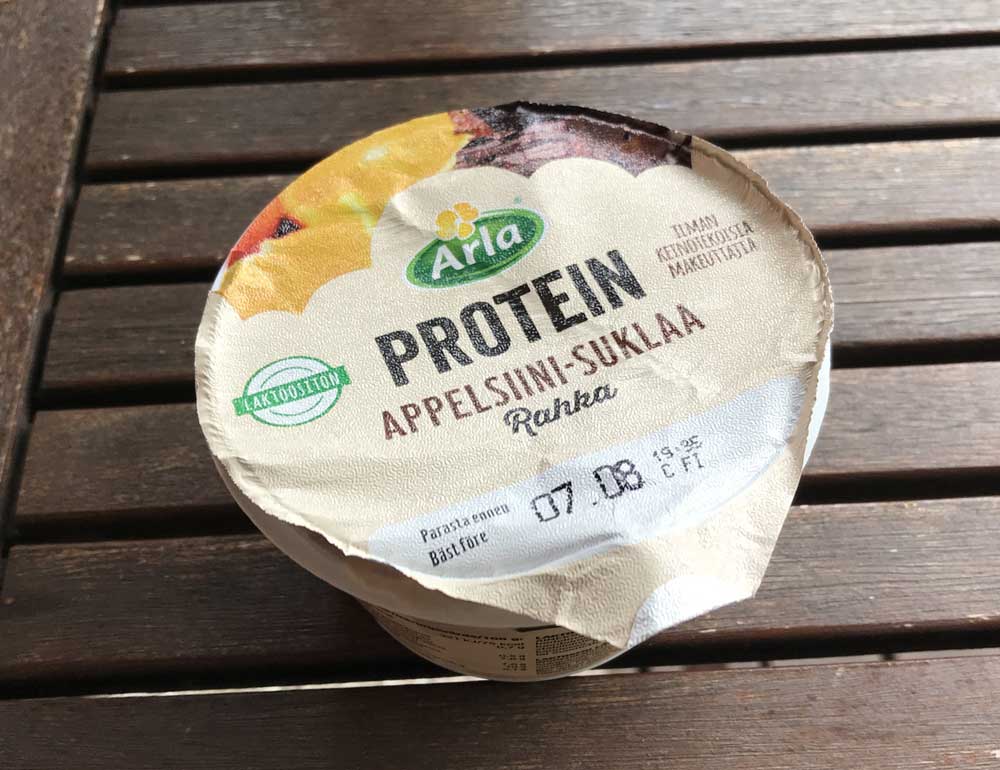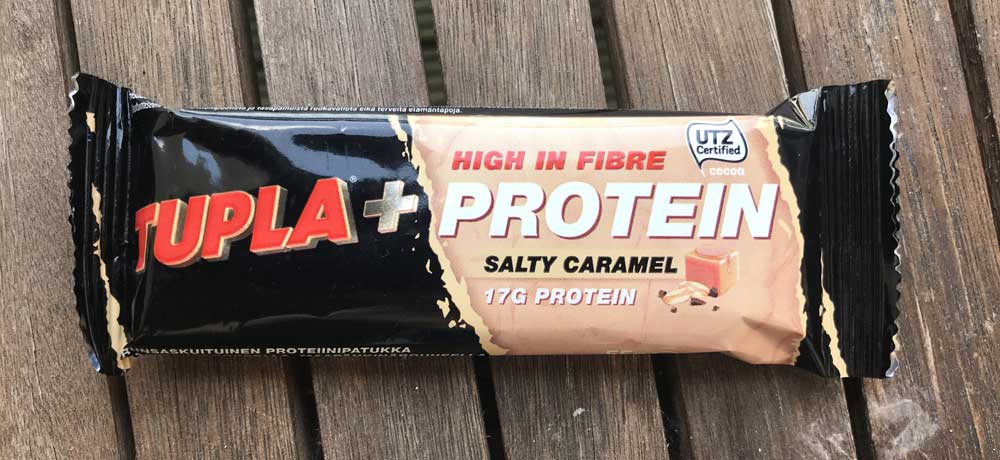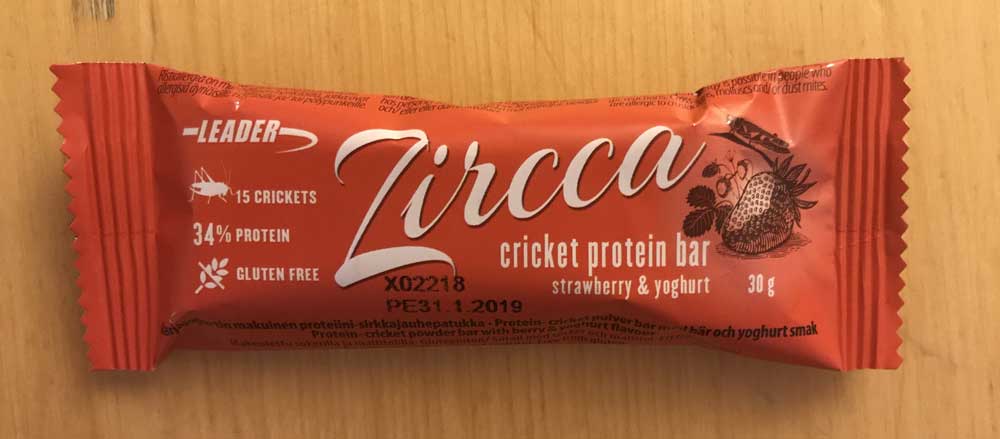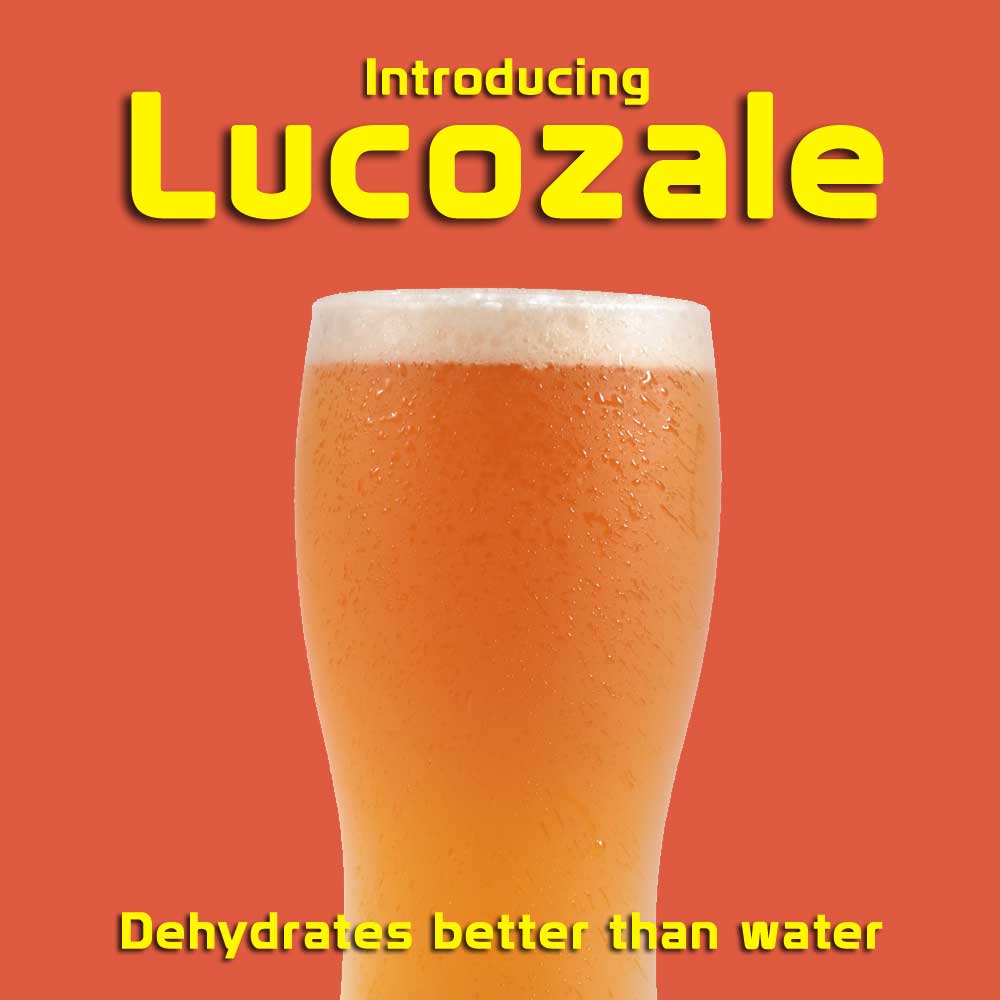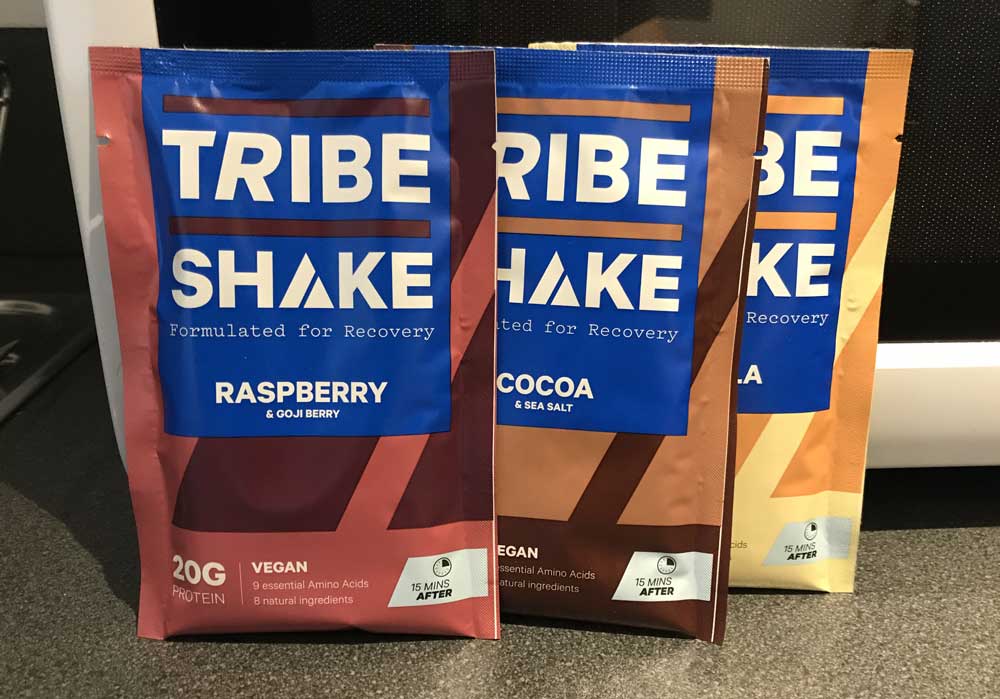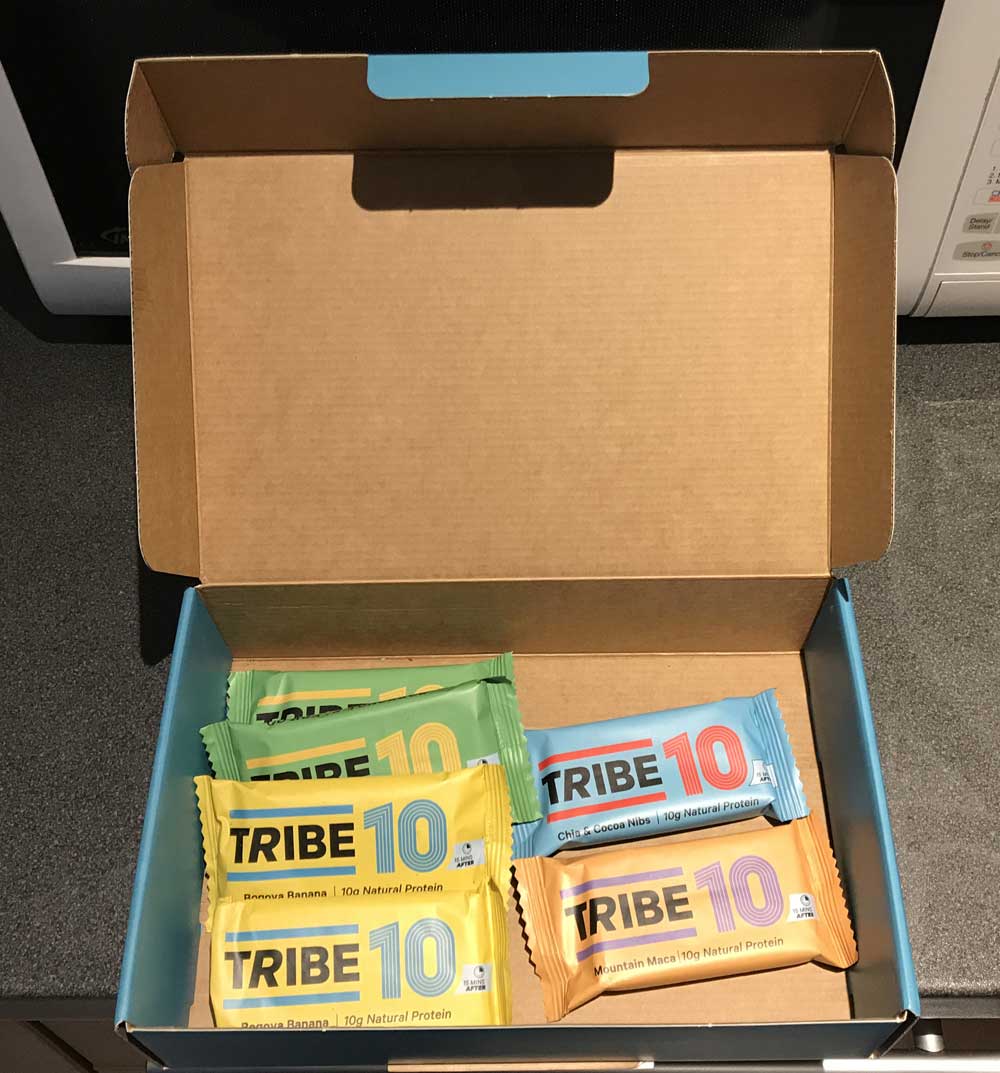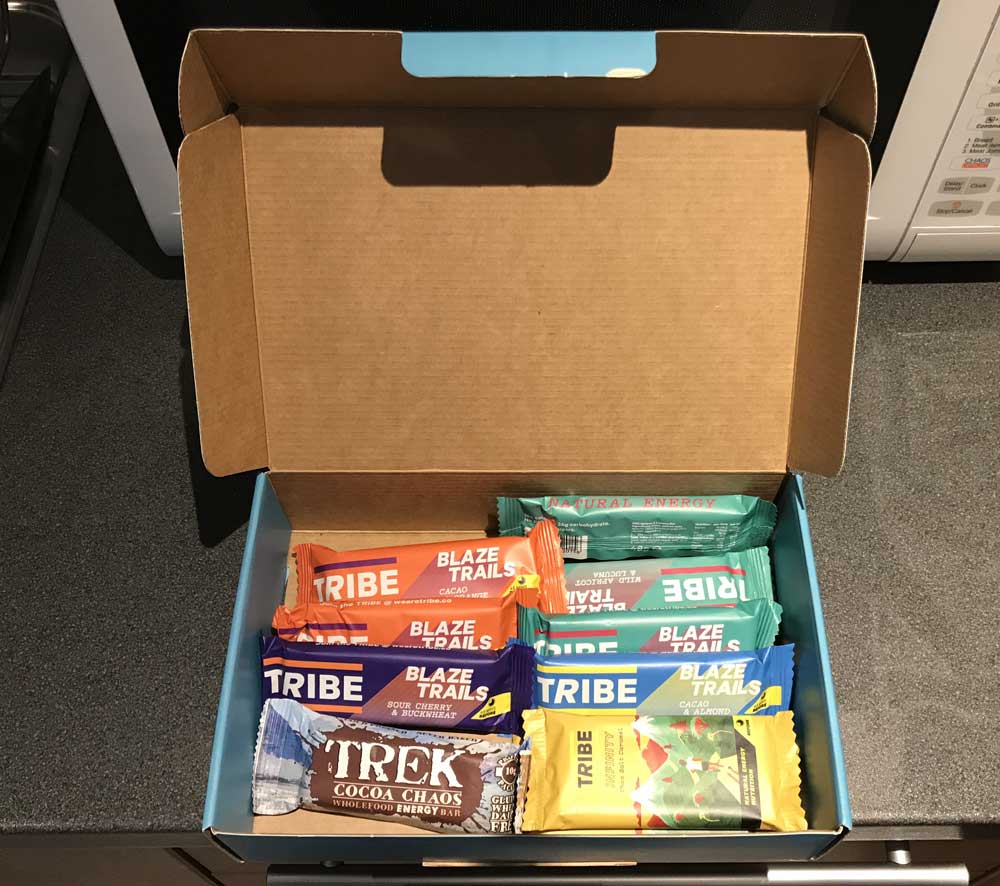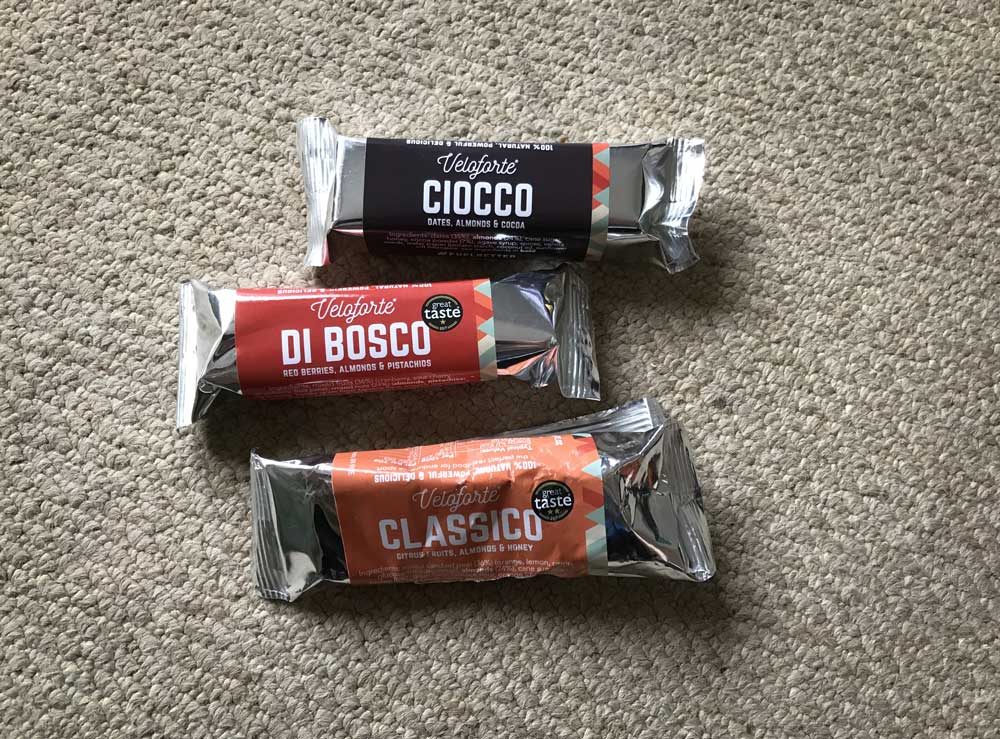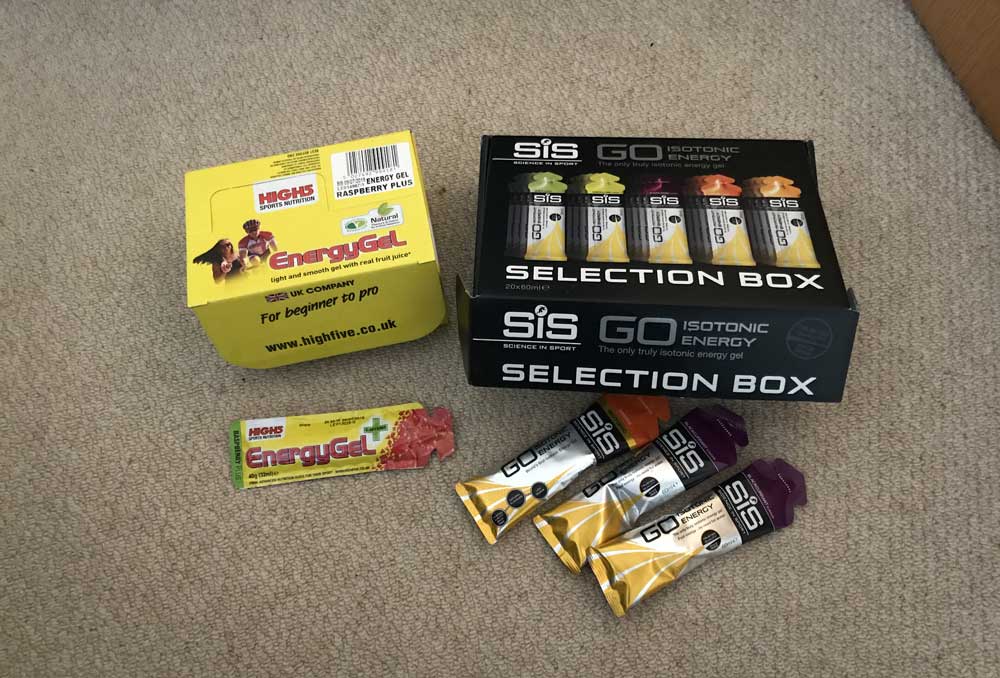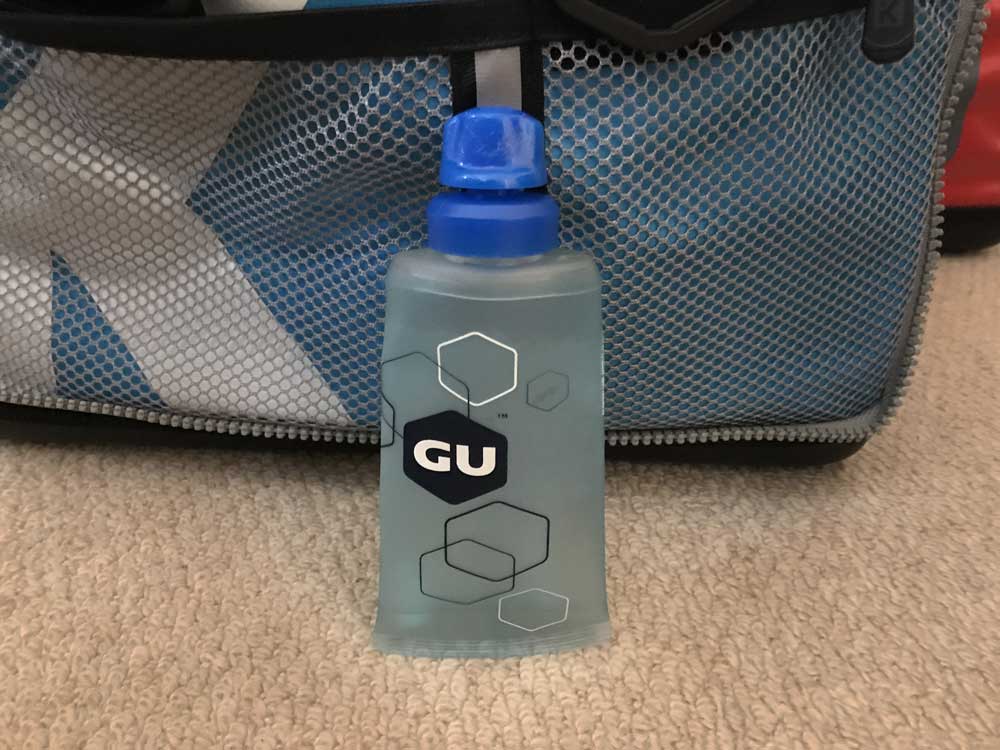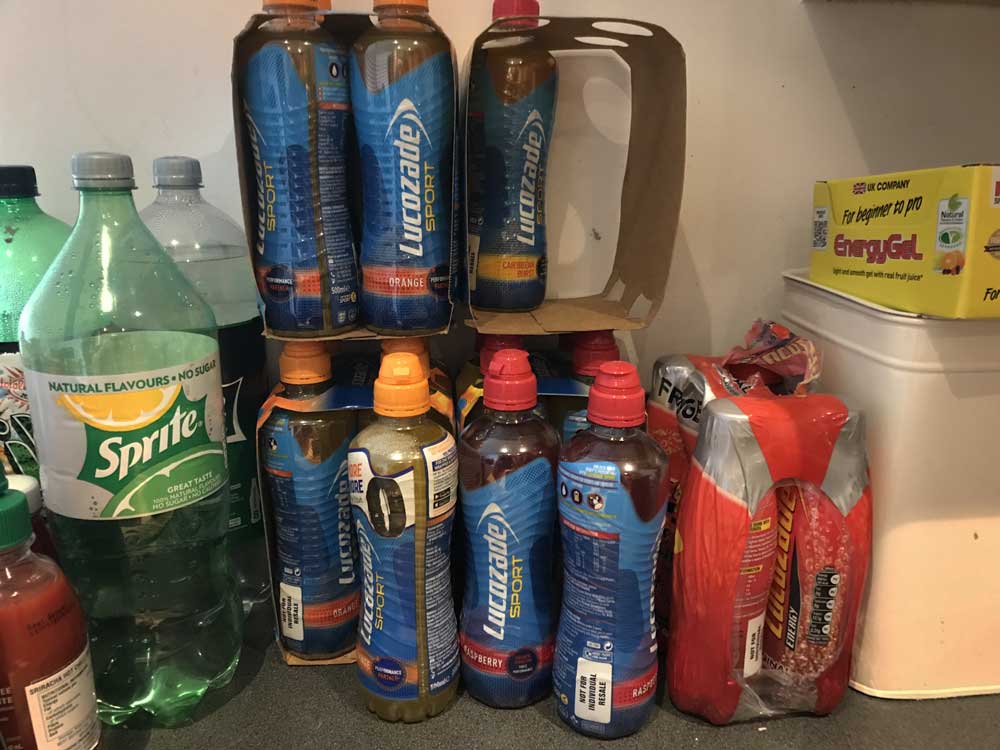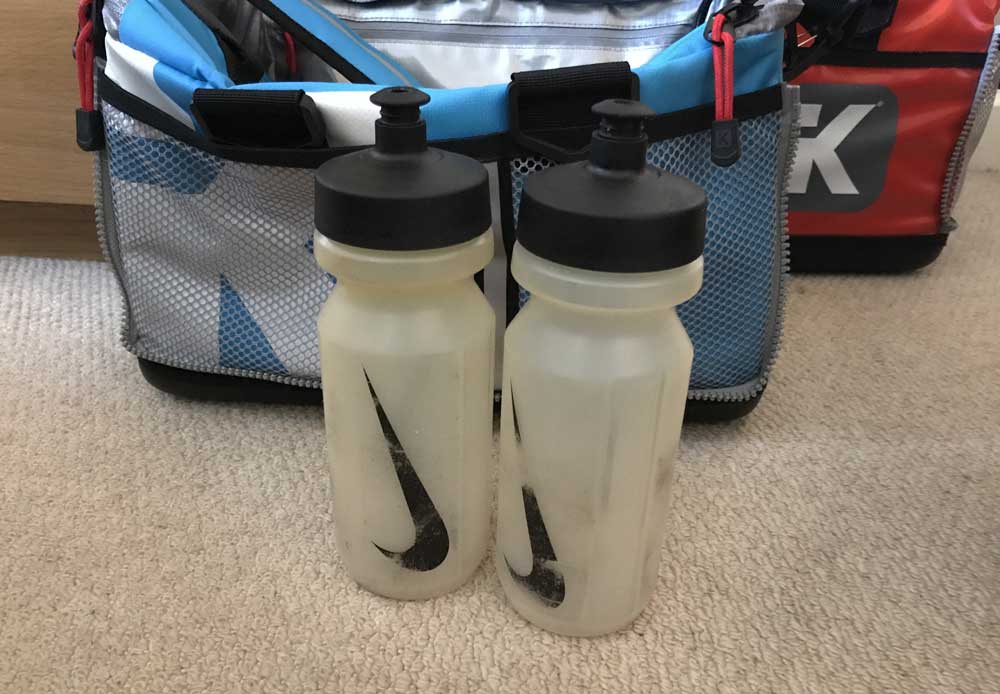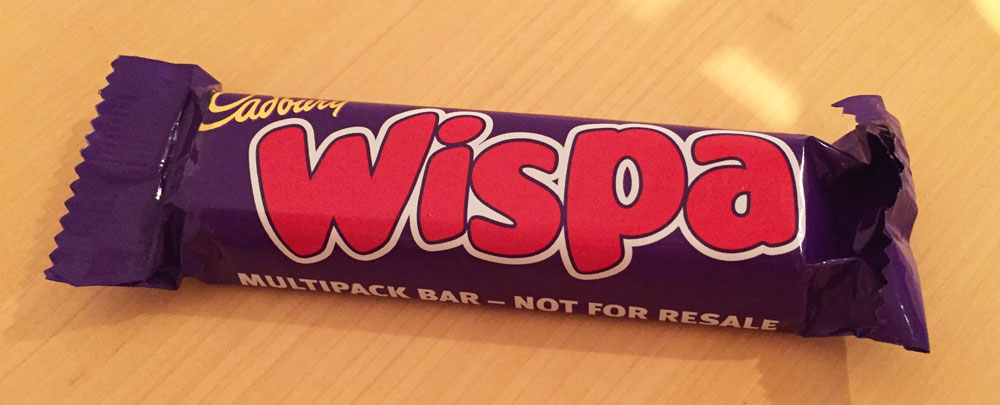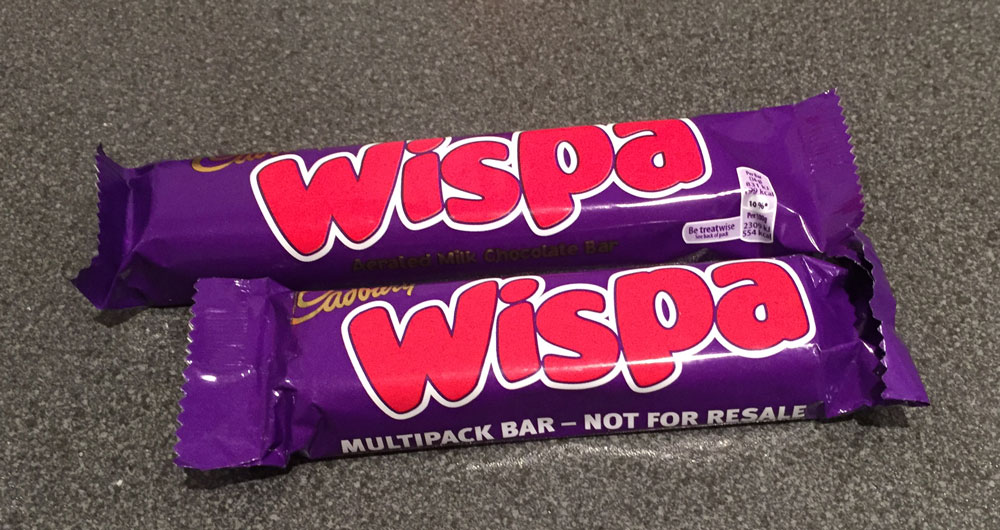Grenade Carb Killa

According to the marketing people at Grenade, their Carb Killa bar is magic. They don’t say magic explicitly, but they’ve basically produced a chocolate biscuit that contains almost no carbs or sugar.
Each 60g bar of the “caramel chaos” comes with 23g of protein, 1.4 sugar and 1.4g of “impact” carbs. I’m not sure what impact carbs are, but the full nutritional information suggests it means sugar, while the entire thing contains 13.5g of carbs. There is also 7.9g of fat and 214 kcals.
Compare this to the Tribe 10 protein bars I currently use which have 10g of protein, 23g of carbs, 12g of fat and 245 kcals. Even my protein shakes only come with 20g of protein, although it’s more once you mix it with milk.
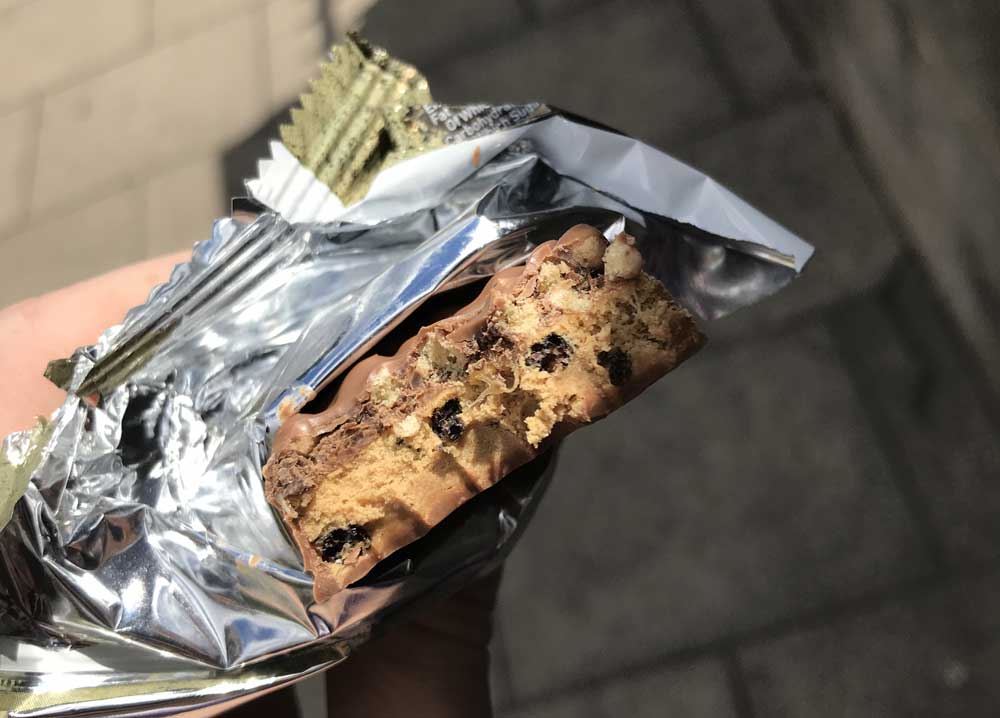
It tastes great. Indeed, it’s difficult to believe I’m not consuming something incredibly unhealthy. It tastes exactly like a chocolate biscuit. If anything, you may find yourself eating too many of them.
Cost wise, they’re okay. They cost £2.50 individually at Sainsbury’s. However, if you bulk buy them from Wiggle they come down to just over £1.50 each, which makes them comparable to the Tribe products.

According to the marketing people at Grenade, their Carb Killa bar is magic. They don’t say magic explicitly, but they’ve basically produced a chocolate biscuit that contains almost no carbs or sugar.
Each 60g bar of the “caramel chaos” comes with 23g of protein, 1.4 sugar and 1.4g of “impact” carbs. I’m not sure what impact carbs are, but the full nutritional information suggests it means sugar, while the entire thing contains 13.5g of carbs. There is also 7.9g of fat and 214 kcals.
Compare this to the Tribe 10 protein bars I currently use which have 10g of protein, 23g of carbs, 12g of fat and 245 kcals. Even my protein shakes only come with 20g of protein, although it’s more once you mix it with milk.

It tastes great. Indeed, it’s difficult to believe I’m not consuming something incredibly unhealthy. It tastes exactly like a chocolate biscuit. If anything, you may find yourself eating too many of them.
Cost wise, they’re okay. They cost £2.50 individually at Sainsbury’s. However, if you bulk buy them from Wiggle they come down to just over £1.50 each, which makes them comparable to the Tribe products.

